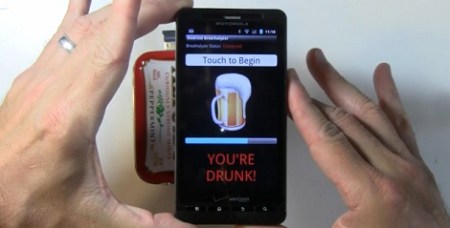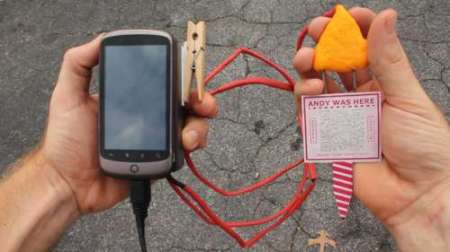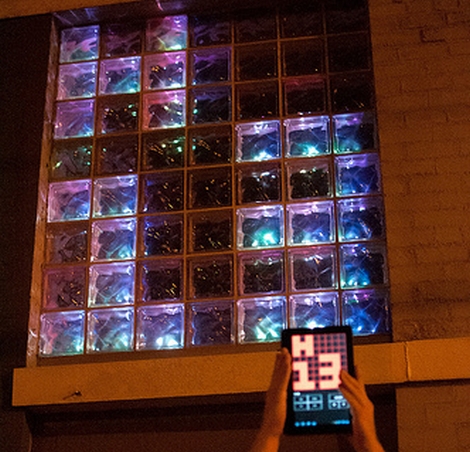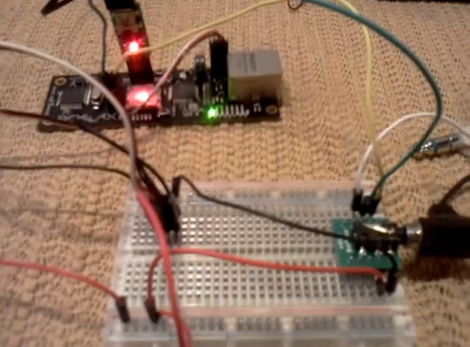
[Al] at Open Gadgets just put the finishing touches on his Android breathalyzer. It’s the perfect thing to install on ex-girlfriends’ phones to prevent 2 a.m. drunk dialing.
The project started off as a talking breathalyzer connected to a computer that tweeted your BAC, gave weather and stock readouts, and functioned as a photo booth. Since the first reveal of his project, [Al] moved from the desktop world to the mobile domain.
The breathalyzer itself is contained entirely in an Altoids tin. The build is based on the IOIO board that recently got support for Bluetooth. An alcohol sensor in the project measures the alcohol content of the surrounding atmosphere and reports this back to a phone over Bluetooth. There’s no word if the Android version of [Al]’s breathalyzer has the Twitter and photo booth functions, they would be relatively easy to add.
While a wirelesss, tweeting breathalyzer lends itself to a competition for a high score, [Al]’s project could have a few very good implantation; a DIY auto ignition interlock would be a very useful device for some people. Check out the videos of [Al]’s builds after the break.
















